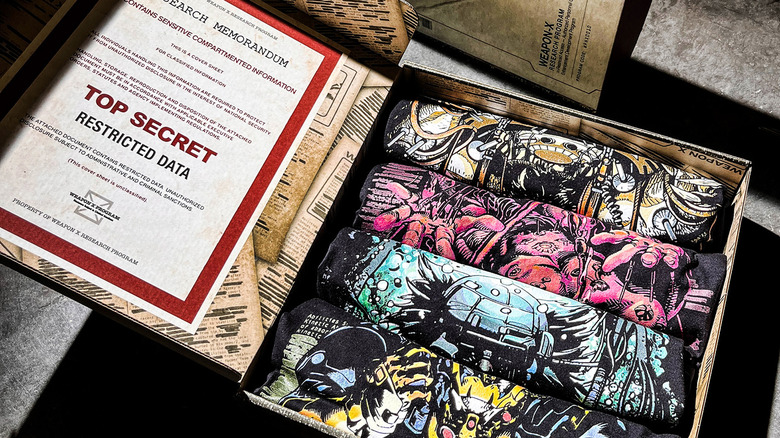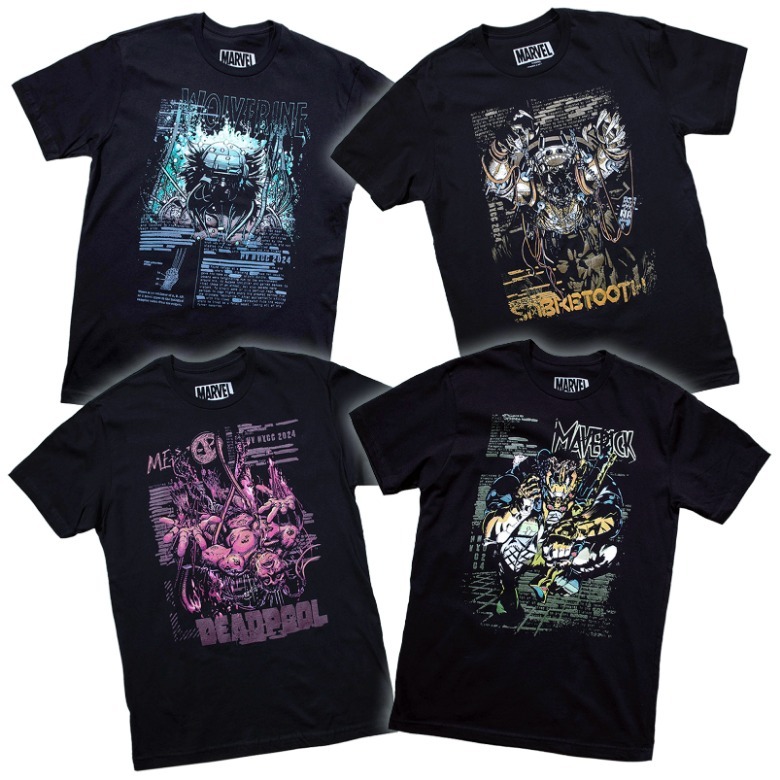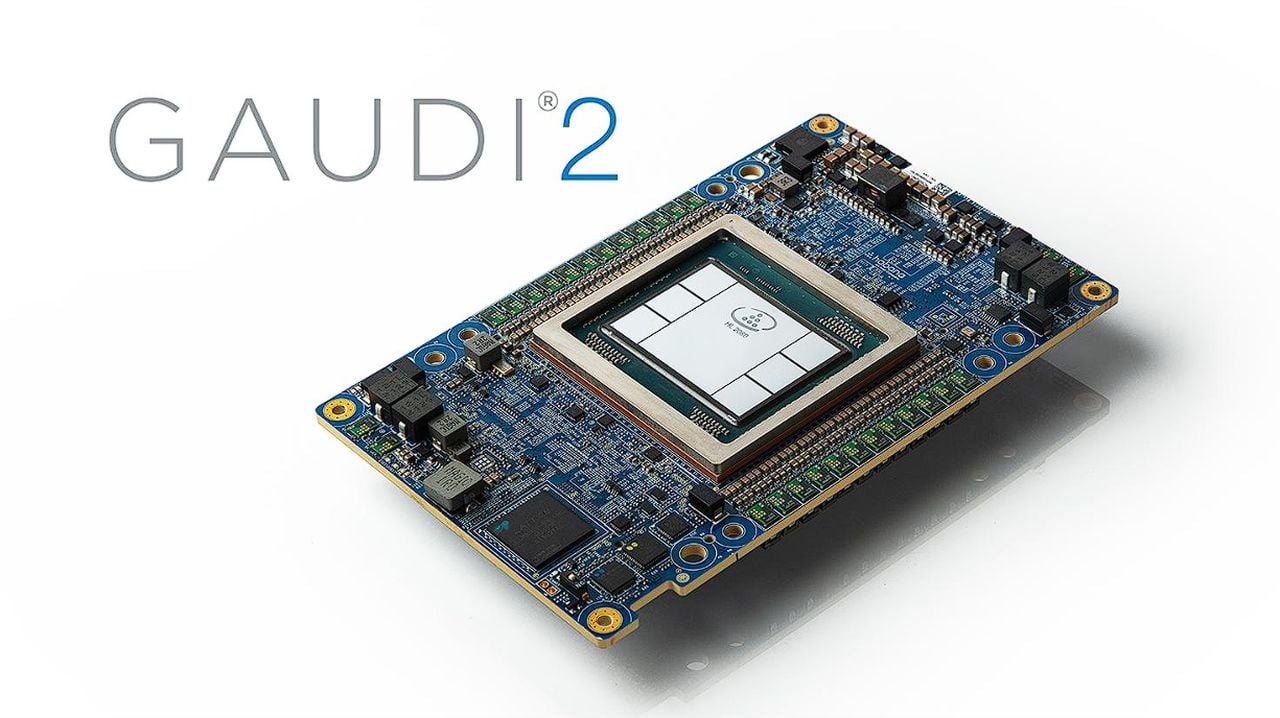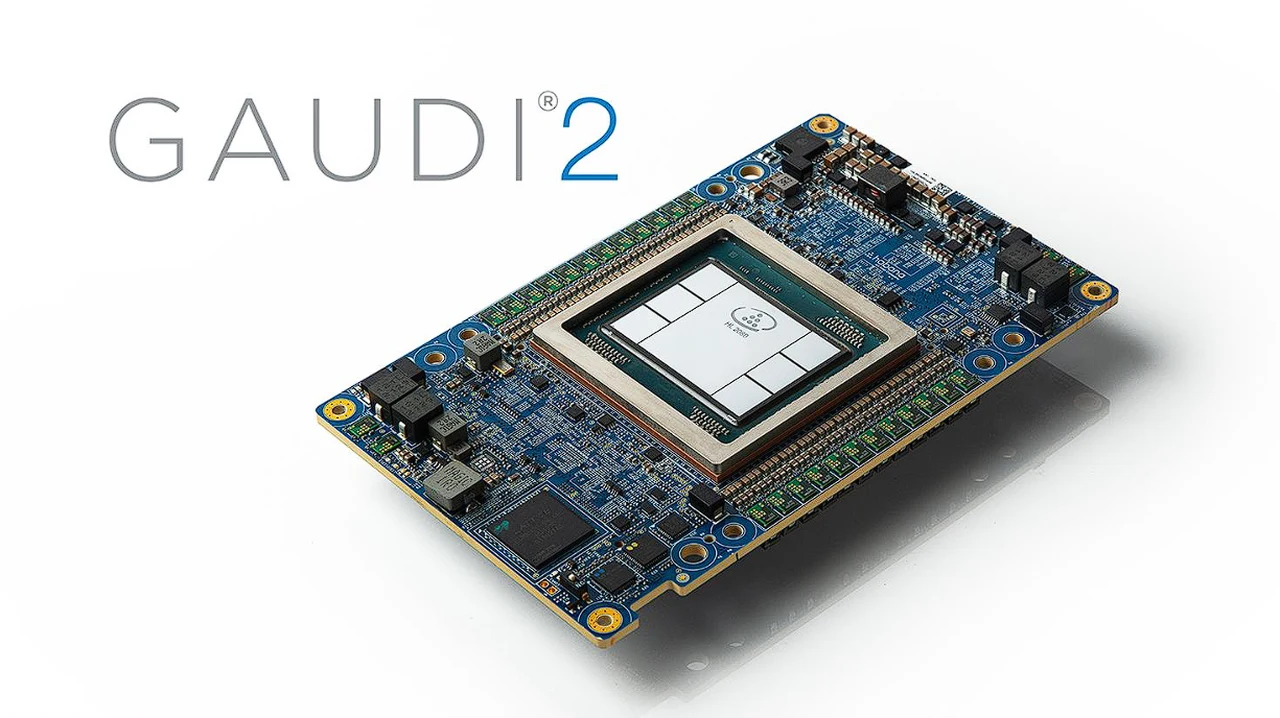[ad_1]
“Deadpool Wolverine” fue Una de las mayores superproducciones del verano.Y hubiera sido el más grande, si no hubiera sido por la alegría, la ansiedad y todos esos sentimientos irresistibles de… “Inside Out 2” se convirtió en la película animada más grande de todos los tiempos Y ocupando el puesto número uno en las listas de taquilla de 2024, pero si Wade Wilson y Logan son tus mutantes favoritos, esta nueva colección de ropa y accesorios debería llamar tu atención.
Héroes y villanosproveedores de ropa y equipos elegantes inspirados en la cultura pop, está lanzando una nueva colección Weapons X inspirada en Wolverine y Deadpool. Más específicamente, se centra en que los personajes sean parte del programa experimental que los convirtió en mutantes mortales. Arma X se mencionó por primera vez en “The Incredible Hulk” #180 en 1974, el mismo número en el que apareció por primera vez Wolverine (Que obtuvo un guiño en “Deadpool & Wolverine”.), y se desarrollará más con una historia completa que comenzó en 1991.
Disponible para su compra a partir del 17 de octubre, cuando haga su debut en la sala de exposición de la Comic-Con de Nueva York, Heroes & Villains Weapon. Bolsas de lona, todas inspiradas en los turbulentos y complejos viajes de Deadpool y Wolverine a lo largo de los años.
Antes del debut de la colección en la ciudad de Nueva York, /Film se complace en ofrecer un adelanto exclusivo de la gama completa de equipos de Deadpool y Wolverine que los fanáticos pueden tener en sus manos este otoño.
Un gran número de camisetas de Arma X
Primero, si eres fanático de Arma de Marvel Comics desde hace mucho tiempo Empaquetado en una caja diseñada para parecerse a los archivos clasificados del Programa de Armas. Todos los personajes formaban parte del misterioso programa y sus camisetas presentan ilustraciones directamente de Marvel Comics.
Sin embargo, este conjunto de armas
Afortunadamente, Heroes & Villains también tiene una gama de camisetas que cualquiera podrá adquirir en su tienda en línea. Aunque las ofertas no son tan diversas como la colección de camisetas de NYCC, todavía hay algunos diseños geniales que presentan algunas obras de arte icónicas del aspecto más icónico de Wolverine, así como una versión espantosa de Deadpool antes de que nos pusiéramos el traje rojo por el que se hizo famoso. Para usar hoy.
Sudaderas y chaquetas con capucha de Logan y Wade Wilson
Las camisetas siempre son una buena opción, pero cuando hace frío, necesitarás una capa extra. En lugar de esconder a la persona que te gusta de Deadpool y Wolverine, puedes vestirte elegante y mantenerte abrigado con la colección de chaquetas y camisetas de Weapon X de Heroes & Villains.
En primer lugar, tenemos una chaqueta de Wolverine inspirada en el traje de invierno característico de Logan que se le vio usando en Marvel Comics y “X-Men: The Animated Series”. La chaqueta suele combinarse con unos vaqueros y una camisa de franela amarilla (esta última se ve en el interior de la chaqueta), y esta camiseta también tiene un cuello de piel sintética. Sin embargo, hay algunos toques adicionales que la convierten en algo más que una simple chaqueta de vestir. Los lados presentan triángulos negros que adornan el traje X-Men de Wolverine, y la parte posterior presenta arte cómico de sus garras y el logotipo de Arma X.
Mientras tanto, un par de chaquetas de Wade Wilson están directamente inspiradas en los antecedentes militares y gubernamentales del programa Weapon X. Cada chaqueta presenta un color verde militar y detalles que hacen referencia directa al propio Deadpool. Uno presenta un estilo de campo militar más táctico e incluye parches y bordados con el nombre Wade Wilson, el logo de X-Men, una hoja de arce canadiense y un ícono especial de Deadpool que ocupa la parte posterior de la chaqueta. El otro es un jersey de temática militar con una etiqueta de mercenario y los logotipos de X-Men y Deadpool.
Todo esto seguramente te mantendrá abrigado, ya sea que estés en una misión mortal o simplemente acampando con el resto de tus amigos nerds de los cómics.
Si buscas mantenerlo un poco más informal, también hay varias opciones de chaquetas nuevas en el Arma de Héroes y Villanos. Es una imagen icónica después de que todo su esqueleto fue recubierto con adamantium. Pero esto es exclusivo de la Comic-Con de Nueva York.
Para aquellos que no asistirán a la convención, todavía hay otra opción con capucha inspirada en Wolverine y la Escuela para jóvenes superdotados de Charles Xavier. Con un estilo universitario, esta sudadera con capucha presenta una combinación de colores amarillo y gris inspirada en uno de los estilos clásicos de Wolverine, y la parte posterior presenta parches que dicen “Logan” y “74”, en homenaje al año en que Wolverine apareció por primera vez en Marvel Comics.
Me quito el sombrero ante los orgullosos mutantes y los mercenarios bocazas.
No importa qué tan gran fan seas, definitivamente hay momentos en los que no querrás estar completamente cubierto por los íconos de la cultura pop de tus personajes favoritos. Pero tal vez un simple toque de tus personajes favoritos de Marvel Comics no te haga daño. Ahí es donde entran en juego estas nuevas gorras de Héroes y Villanos.
Para aquellos que aman una buena gorra de camionero, hay dos disponibles en honor a Deadpool y Wolverine. El sombrero de Deadpool presenta un parche con el ícono negro del personaje y un texto que dice “Deadpool Mercenary” a su alrededor. Mientras tanto, el sombrero de Wolverine tiene un parche trapezoidal que dice “Arma X Mutante” y parece ser algo que Logan podría usar mientras trabaja en una instalación maderera en Canadá.
Si prefieres una gorra de béisbol más tradicional, está la gorra de sujeto de prueba de Weapon X, que tiene el bordado “Mutante” impreso al revés. ¿Por qué el texto está al revés? No estoy seguro, pero me gustaría pensar que es para que Spider-Man pueda leerlo cuando esté atrapado en una farola o algo así.
Con la llegada del invierno, Heroes & Villains también tiene un sombrero de Deadpool más sutil que es simplemente un gorro de punto negro con un parche que dice “Wilson” y “Mercenary” con un ícono de Deadpool bordado. Parece que sería bueno usarlo para vigilar, pero también funcionaría para palear nieve.
Bolsas para largos viajes de autodescubrimiento
Finalmente, se sabe que tanto Wolverine como Deadpool viajan bastante. Si bien las aventuras mercenarias de Deadpool a menudo lo llevan por todo el mundo para entregar varias recompensas mortales, Wolverine a veces se ve obligado a establecerse para reflexionar sobre su pasado y resolver el trauma con el que siempre parece estar lidiando. Si te encuentras en uno de estos viajes, estas bolsas de Deadpool y Wolverine de Heroes & Villains te serán útiles.
En primer lugar, está la mochila de viaje Logan, que mide 12″ de ancho x 19″ de alto x 5,5″ de profundidad y viene con bolsillos para todo lo que pueda necesitar mientras viaja, incluido un bolsillo acolchado para una tableta y un compartimento externo con cremallera que se adapta un maletín para portátil de 17″. En el interior, también hay correas para organizar el cordón, así como un lugar para una botella de agua, y el compartimento principal frontal se abre completamente para acceder fácilmente a todo lo que hay dentro. Además, el bolso tiene un soporte para carro incorporado para adaptarse al asa de la maleta, y esta característica también se puede utilizar como bolsillo secreto para colocar objetos de valor como pasaportes. Como toque estético adicional, hay parches intercambiables con velcro que tienen diferentes áreas para su colocación.
Mientras tanto, Deadpool recibe una dosis doble de accesorios geniales. En primer lugar, hay un bolso de lona perfecto para viajar. Además del espacioso compartimento principal (toda la bolsa mide 8,5″W x 12″H x 12″D), hay un compartimento separado de PVC para guardar artículos mojados o mojados, así como un compartimento lateral para zapatos con ventilación, en caso de que hay mal olor. Hay muchos otros bolsillos para guardar todas tus cosas, incluido un gran bolsillo trasero de malla que puede contener artículos más grandes, como una toalla o una esterilla de yoga. Este bolsillo también tiene espacio para parches de velcro. Pero no se incluyen parches adicionales.
Dentro de tu bolso Deadpool, también obtienes un neceser a juego (que mide 9″W x 5″H x 5″D) con el mismo exterior militar y parche bordado. El interior también tiene correas elásticas para organización y bolsillos de malla.
A partir del 17 de octubre, dirígete a Héroes y villanos Para comprar estos artículos de Weapon Collection X.
[ad_2]
Source Article Link



















